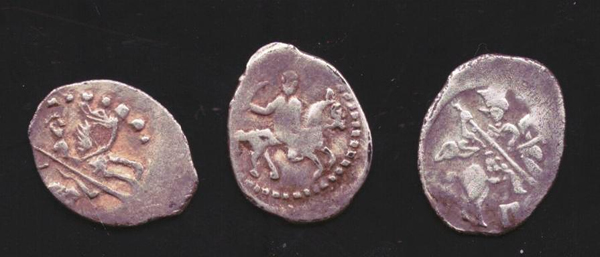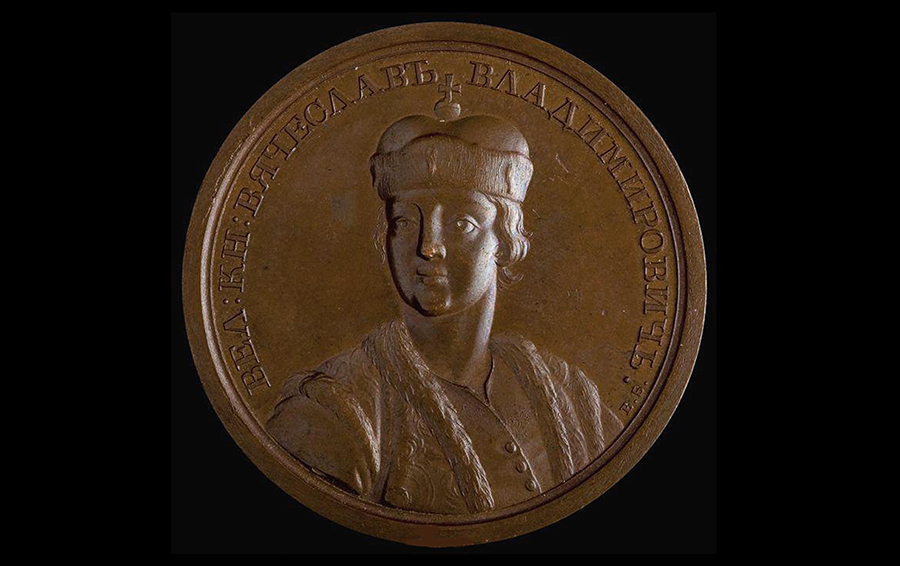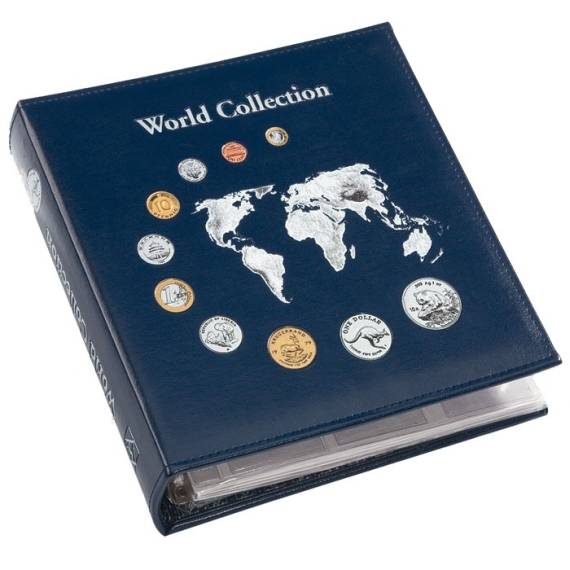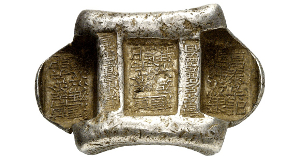overseas metal money
Coins and medals of the colonial countries (XVI-XXI centuries)
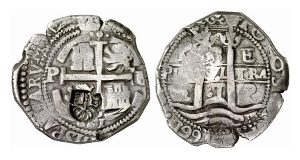 While in some countries, for example, in China or Japan, money in the form of coins was used for a long time, most of the Asian, African and American continents at the beginning of the 16th century remained a non-monetary zone.
While in some countries, for example, in China or Japan, money in the form of coins was used for a long time, most of the Asian, African and American continents at the beginning of the 16th century remained a non-monetary zone.
In Africa, the circulation of coins was not developed until the New Age, and the means of payment were the predecessors of the coins, money in the form of pebbles and seashells. In such regions, coins most often came in the baggage of overseas colonialists, and the first minted coins were copies of metropolitan coins, marked with an additional sign to indicate the corresponding metropolis. Continue reading
